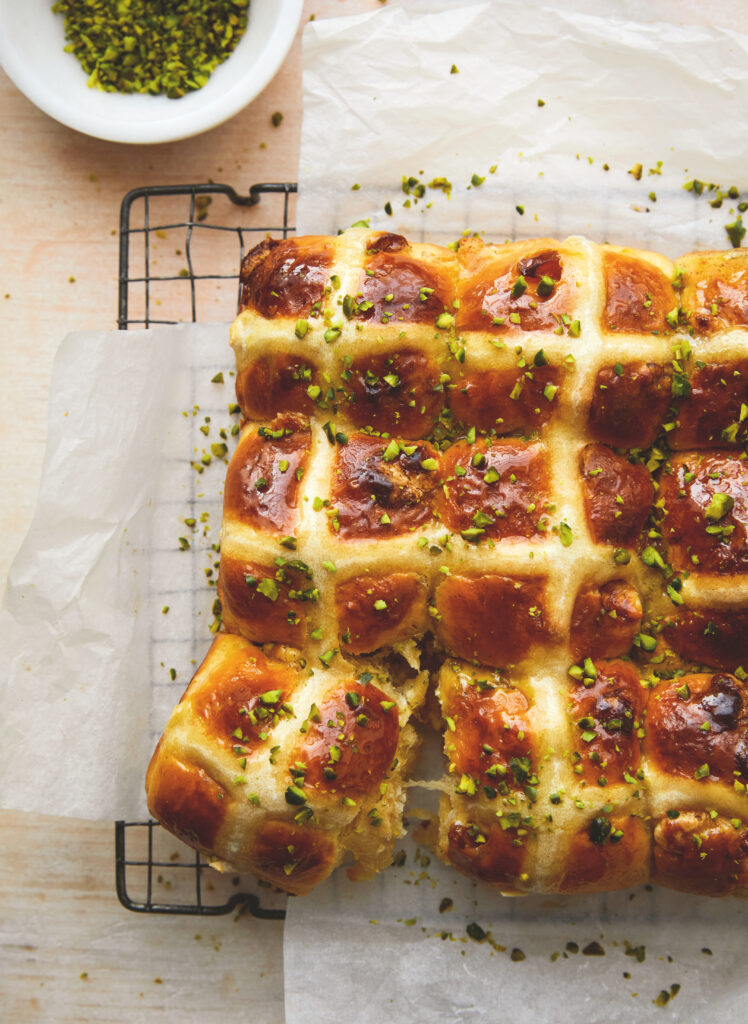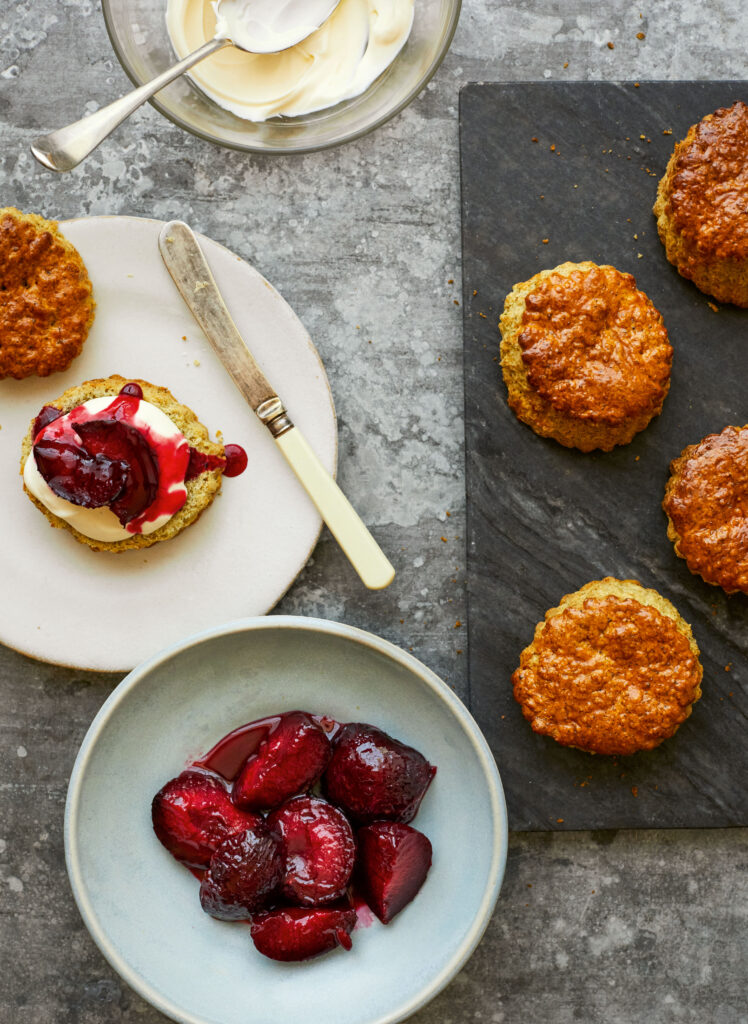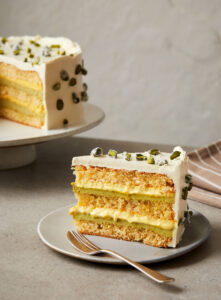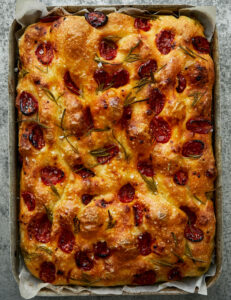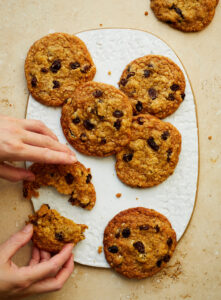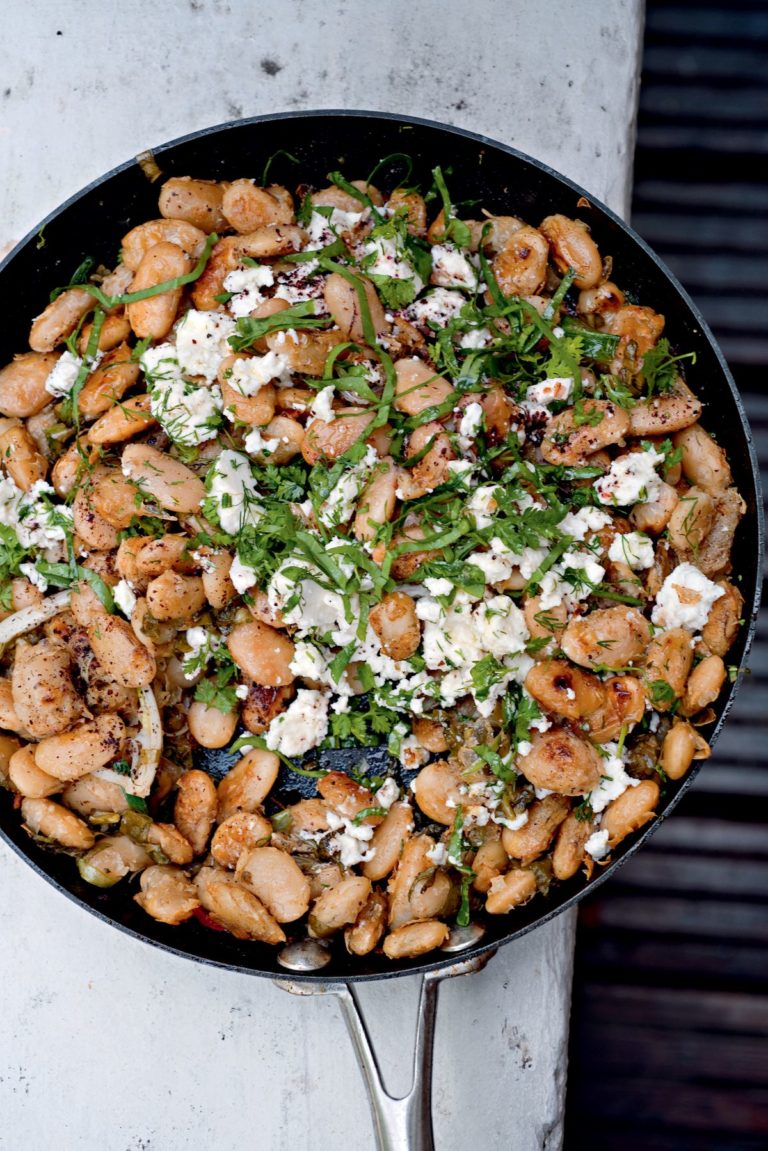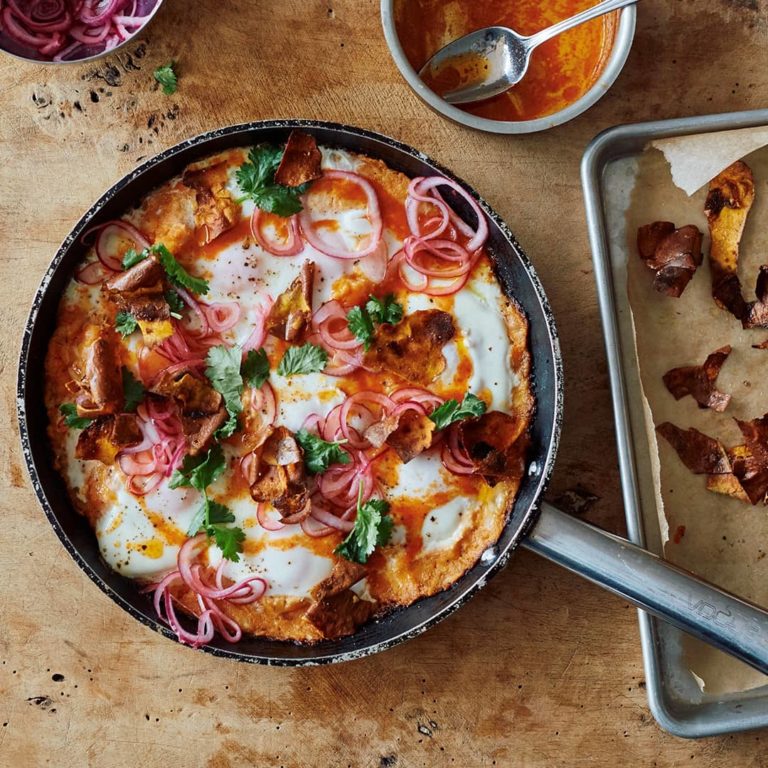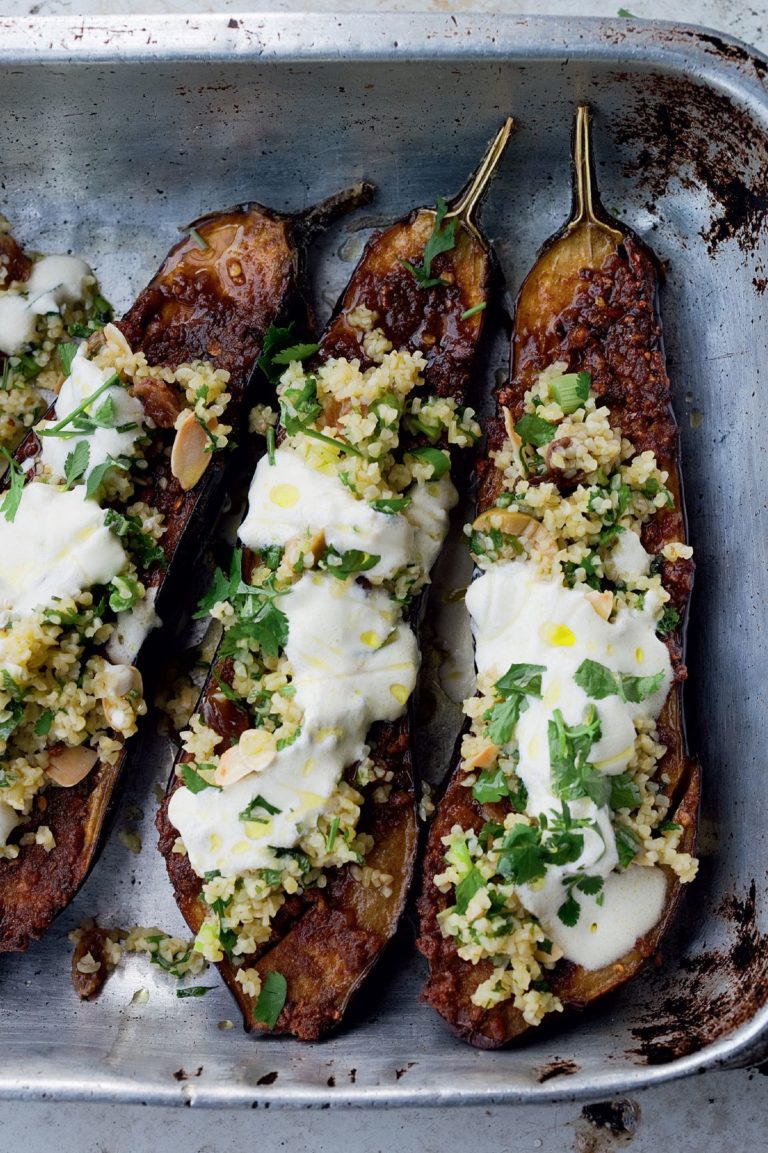Welcome to Baking Basics, a new column penned by Nicola Lamb, author of SIFT: The Elements of Great Baking. This week we’re learning how to make scones.
You can also catch up on Nicola’s previous Baking Basics columns covering sponge cake, chocolate chip cookies, and custard.
Get the book
Buy From
Scones, a quintessential part of British baking, evoke a sense of nostalgia and comfort. Picture them, slightly warm, pulled apart into halves, and generously stuffed with jam and cream at tea time. These small, slightly sweet, tender, crumbly, and towering treats have a firm place in our hearts. But where did they come from, and how can we recreate this experience at home?
While we can’t pinpoint the exact moment scones came into existence, the first printed mention came in early 16th-century Scotland. Though likely derived from a Scots word, the pronunciation was not stated, so whether this version rhymed with ‘gone’ or ‘home’, we’ll never know. The original scone was yeasted and more similar to soda bread, made with oats then scored and baked as individual wedges.
Today’s scones are closer to baked goods known as ‘quick breads’, which refer to chemically leavened goods that don’t classically fall under cakes or pastries. They may be dotted with raisins, eaten with the aforementioned jam and cream, or altered with cheese or savoury fillings. No matter which scone is your favourite or how you say it, plenty of the same rules for success apply when making your own.
There are two types of scones: Fancy hotels and afternoon tea spots actually make a scone dough that is much closer to bread – it is kneaded, usually in a mechanical mixer, until smooth. This is controversial news to so many of us (myself included), who have always been told that ‘overworking’ is the enemy of scones. It’s simply not true!
That being said, the second type – and the one I favour for making at home – is mixed by breadcrumbing flour and butter together, adding liquid, and mixing into a dough before cutting and baking. Though we don’t work the dough as extremely as the fancy hotel scone method, we do need to take some inspiration from it ; gluten is not the enemy of light scones – in fact, we need to develop some structure in the dough to get a great lift!
If you’ve ever made scones and they’ve turned out misshapen and heavy, it’s likely due to under-mixing rather than over-mixing. And trust me, it’s not your fault – ‘overworking’ scones is one of those baking myths that has cursed a whole generation of budding bakers. If we don’t mix the dough enough and leave uneven, unincorporated dry bits, your scones are more likely to behave oddly in the oven.
During my short-lived school ‘home economics’ cooking career, we made attempts at scones. It was here that I first saw the full range of aesthetic possibilities for simple scones: the good, the bad, and the ugly. Wait, let me rephrase. It should be the good, the bad, and the rustic. When under-mixed, scones will erupt in various directions – and not always upward.
On that note, great attention must be paid to the raising agent – the height of the scone is entirely down to the impressive lifting power we imbue our dough with via chemical raising agents. The large amount of raising agents in the flour (about 3tsp per 150g, which is about 1tsp more than self-raising flour) will create a lifted, airy structure.
My little trick is to use crème fraîche to hydrate the dough – not only does the acidity bolster the reaction of the raising agents, it also adds fat, richness and flavour. And one more tip before I leave you with the recipe: flip your scones! After cutting decisively, placing them bottom-side-up results in a tidier scone. It’s not essential, but definitely will give you the edge at tea time.
More baking recipes you’ll find in SIFT
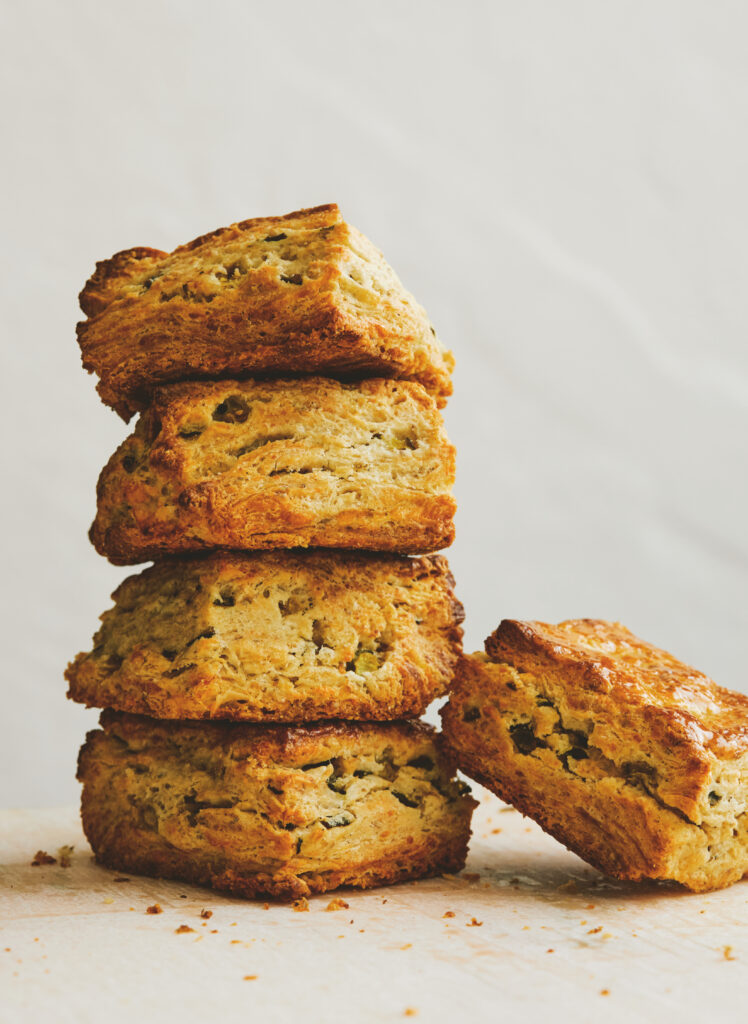
Flaky Cheese and Pickle Scones
